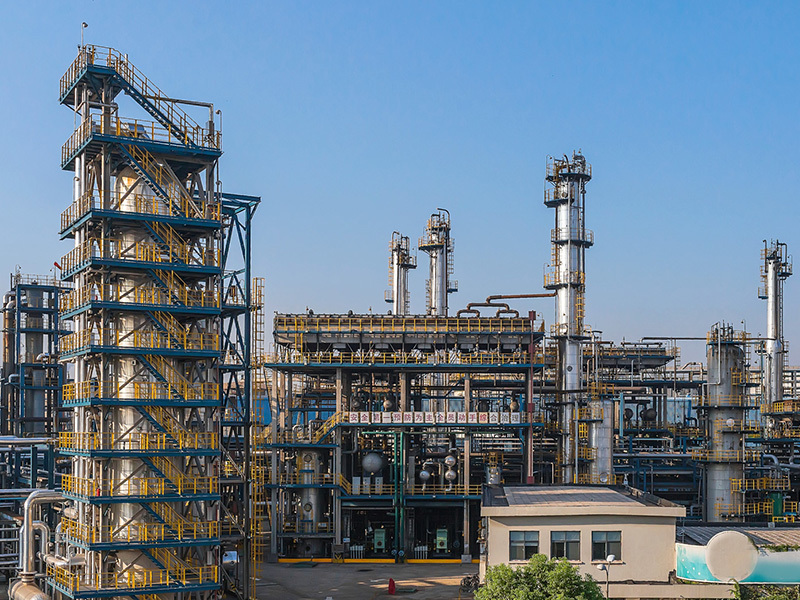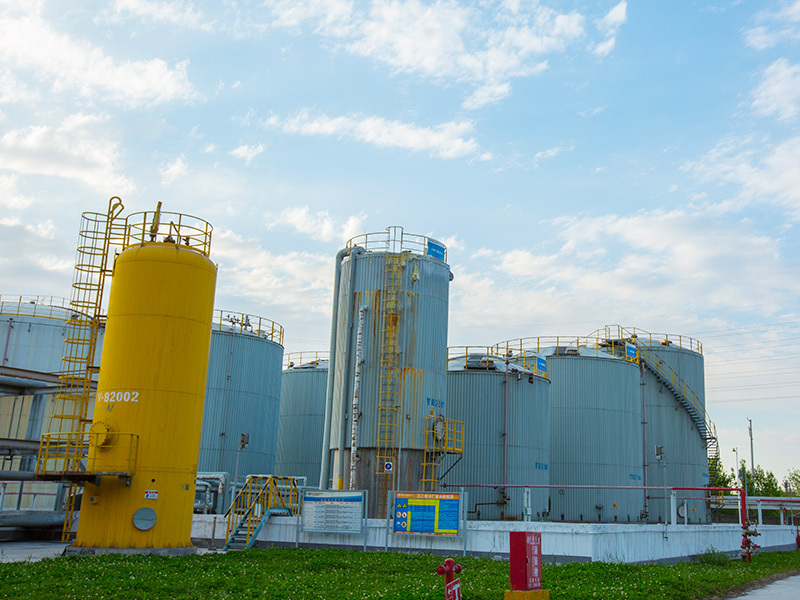Daily Knowledge: Construction Notes for Stamped Elbows.
As a high-performance pipe connection component, the stamped elbow has become one of the most widely used types of elbows in modern industrial applications, thanks to its outstanding advantages such as structural stability, strong pressure resistance, and versatile compatibility.
As a high-performance pipe connection component, the stamped elbow has become one of the most widely used types of elbows in modern industrial applications, thanks to its outstanding advantages such as structural stability, strong pressure resistance, and versatile adaptability. Beyond its core role in traditional heavy industries like petrochemicals, power generation, and shipbuilding, this product is increasingly making inroads into critical infrastructure areas driven by urbanization—such as city heating networks, building water supply and drainage systems, and natural gas transmission projects—thus establishing a comprehensive, cross-industry application framework that spans diverse scenarios.
From a manufacturing perspective, the production process of stamped elbows vividly demonstrates the deep integration of precision engineering and materials science. The core raw material used is a metal sheet that is entirely identical to the main pipeline material. This is precisely formed into semi-circular shapes using high-precision CNC stamping equipment paired with custom-designed molds. During the stamping phase, technicians must meticulously control critical parameters such as mold clearance, stamping speed, and the sheet metal's springback coefficient, ensuring that the geometric dimensions of the semi-circular elbow meet the industry standard of ±0.5 mm accuracy. Afterward, the two qualified semi-circular elbows undergo precise alignment before being joined together using a sophisticated welding technique: an initial pass via argon arc welding followed by manual arc welding for the final layer. This multi-pass, multi-layer approach guarantees a seamless connection, ultimately creating a fully integrated, ring-shaped elbow structure.
In terms of welding quality control, the production of stamped elbows follows a rigorous, standardized process. Depending on the specific medium being conveyed, the welding procedure must adhere to national standards such as GB/T 12459 "Steel Butt-Welded Seamless Pipe Fittings" or HG/T 20592 "Steel Pipe Flanges." This involves more than 20 critical quality control points, including weld material selection, preheating temperature, interpass temperature, and post-weld heat treatment. Given the complexity of on-site construction, manufacturing companies typically supply semi-finished products that have been assembled and spot-welded in advance at the factory. Specifically, the semi-circular bends undergo stamping and positioning welds before leaving the plant, with a 3-5 mm allowance reserved for weld shrinkage during final assembly. This production approach not only ensures the fundamental quality of the product but also provides ample flexibility for on-site installation.
In practical engineering applications, construction personnel must select the appropriate Welding Procedure Qualification Record (PQR) and Welding Procedure Specification (WPS) based on the design pressure of the piping system, the characteristics of the media being transported, and the required weld quality standards. For high-pressure steam pipelines or systems handling toxic and hazardous media, 100% radiographic testing (RT) or ultrasonic testing (UT) is mandatory for non-destructive inspection; meanwhile, general plumbing systems can rely on magnetic particle testing (MT) or liquid penetrant testing (PT) for spot checks. This tiered inspection approach not only ensures the safety of critical components but also effectively controls project costs. It is precisely this unique "factory prefabrication + on-site assembly welding" production method that has earned stamped elbows their industry-wide nickname, "two-half stamped elbows." This name not only clearly reflects the product’s structural features but also underscores the modern trend in pipeline engineering toward standardization and modularity.
Keywords:
Related Blog
Introduction to Anti-Corrosion Steel Pipes
A 180° elbow is a metal pipe fitting used to change the direction of piping in carbon steel pipelines.
What are angled tees and angled crosses?
Both types of fittings optimize fluid dynamics performance and installation flexibility through angular design, making them an efficient alternative to traditional straight tees and crosses in modern piping systems.
Avoiding splicing at the r-point of the dish-shaped tube cap can prevent thinning and high stress.
Stainless Steel Grades: 304, 304L, 316, 316L, 321, 2520, 310, 317, and more. Nominal Diameters: DN15 to DN1200 Wall Thicknesses: SCH5 to SCH160 Standards: ASME, DIN, JIS, BS, GB/T, JB, SH, HG—specifically including: GB/T 12459-2017, GB/T 13401-2017, ASME B16.9, SH3408, SH3409, HG/T 21635, DL/T 695, SY/T 0510, DIN 2617. Applications: Water, beverages, beer, food processing, petrochemicals, nuclear power, machinery, medical equipment, fertilizers, shipbuilding, waterproofing systems, piping, and more. Packaging: Wooden crates or cardboard boxes. When applying dish-end caps, avoid splicing at the radius area, as this can lead to material thinning and high stress concentrations. During splicing, weld seams must be oriented either radially or circumferentially—this requirement may eventually be relaxed for larger-cap diameter applications. Additionally, there are specific spacing guidelines for splices: they should be positioned at least 3δ away from each other, with a minimum distance of 100 mm. (The weld heat-affected zone is inherently a region of high stress, and chemical composition loss occurs within this area. Therefore, it’s crucial to steer clear of these high-stress zones, as their extent depends on the material thickness. Based on practical experience, the recommended stress-relief length is greater than 3δ but no less than 100 mm.) However, this requirement is particularly challenging to meet in refrigeration equipment due to their unique design characteristics.








